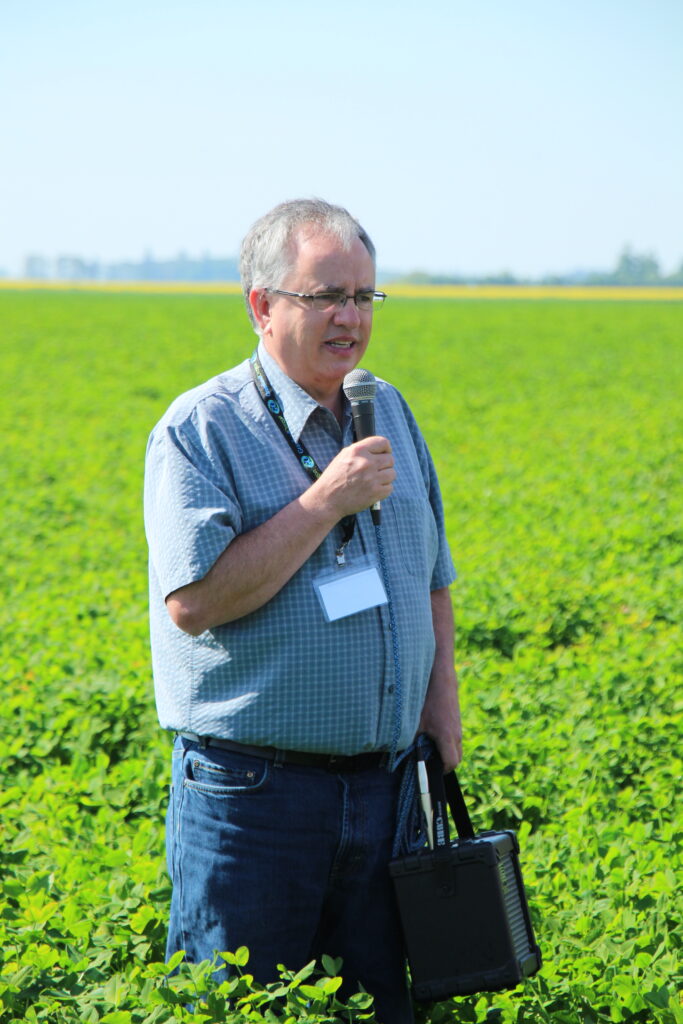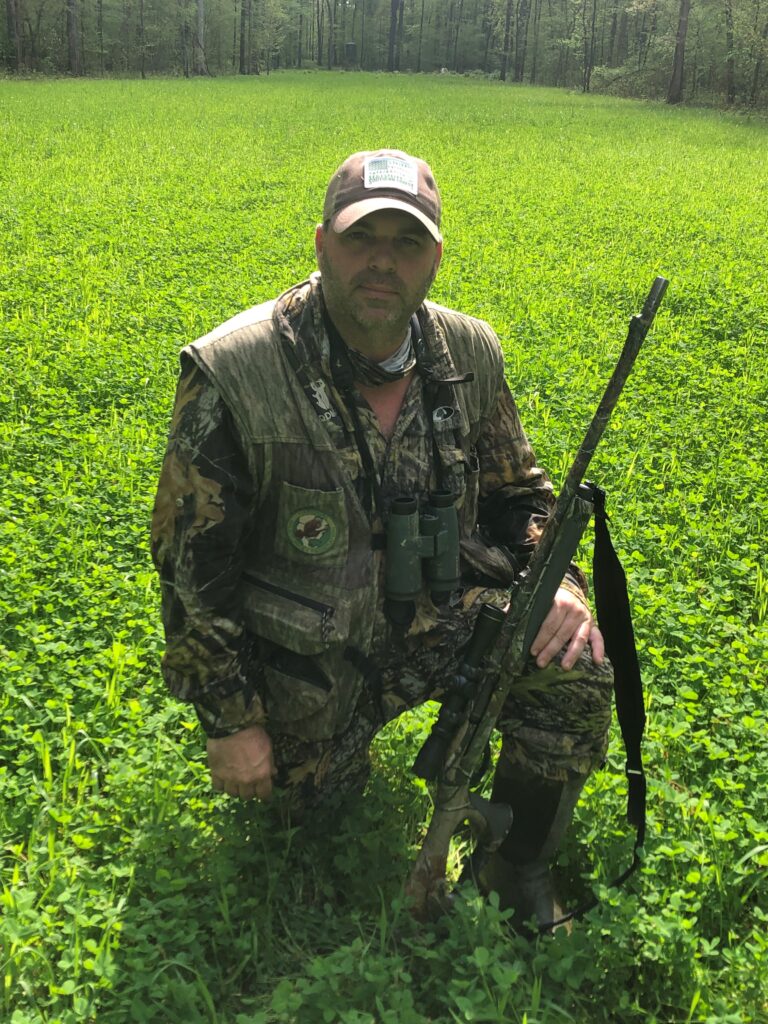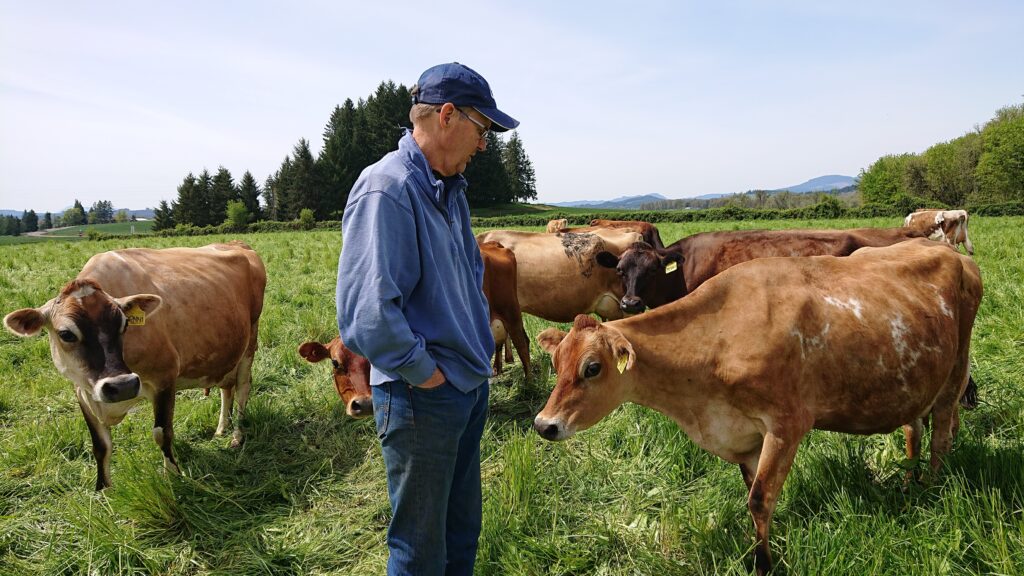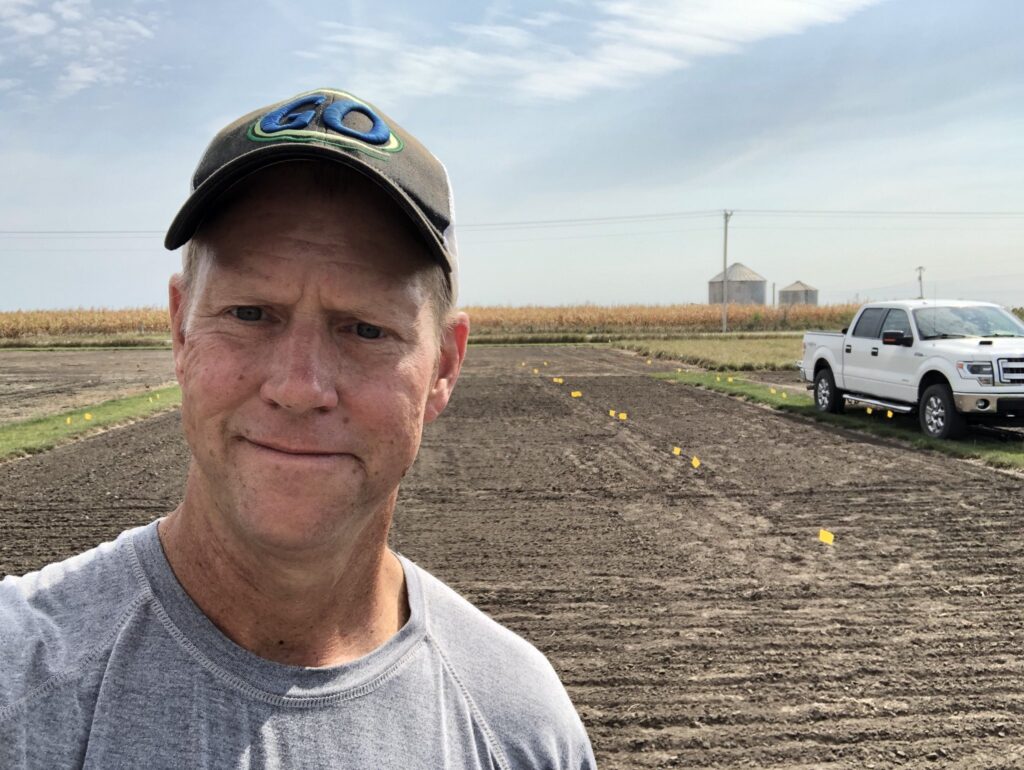Producers, researchers, and cover crop experts share what cover crop gifts they are most thankful for
From extending grazing seasons to reducing feed and fertilizer bills, the right cover crop practices can improve long-term productivity and help create a more holistic and profitable business.
Below, farmers, researchers, and cover crop experts share what cover crop gifts they are most thankful for this year:
Cover Crop Experts On Reducing Inputs
Thirteen years ago, David Holste of Holste Farms near Dieterich, Ill., began incorporating cover crops into his family’s 980-acre corn and soybean farm to improve soil health. What started out as an initial 80 acres of cereal rye between the corn and soybean rotation has since transitioned into a full no-till system with cash crops being planted “green” into a living, standing cover crop.
Mounting an air seeder to their 35-foot draper combine head, the Holste’s broadcast cover crop seed while they’re cutting beans, allowing the field to have an established crop all year. Not only does this reduce field traffic, but it significantly cuts down on labor requirements.
“Ahead of corn, we’ve started establishing clover so as it reaches maturity, it releases enough nitrogen to make an impact on our fertilizer costs without compromising yields. By having an established crop in the field all year, we’ve also seen a huge reduction in our erosion and weed issues.”
David Holste, Holste Farms, Dieterich, Ill.

Harnessing improved genetics
Just like corn or soybean variety improvement, a lot of research and investments have gone into developing cover crop varieties with improved trait performance and consistency – something Jerry Hall, Director of Research of GO SEED has dedicated his career.
In a recent trial by Mississippi State University, researchers assessed nitrogen availability, weed suppression, and 90-day ground cover of more than 30 different cover crop varieties across four different research stations. Planted in the first week of October, cover crops were terminated on March 15 and April 1 to assess maturity impacts.
Across the board, researchers found the total nitrogen production above ground biomass to increase 19 and 27 percent and two of the locations when termination was delayed for two weeks. As a result, varieties part of the trial that were intentionally bred to be later maturing had a significant advantage over earlier maturing varieties. When looking at the 13 different clover varieties part of the trial, the latest maturing clover fixed 186 pounds of nitrogen per acre compared to a lower-performing variety that only fixed 41 pounds of nitrogen per acre.
While it should be noted that weed suppression ratings (1 = no suppression, 10 = total weed suppression) were varied across the four different research stations, there were stark differences between varieties within certain species groups at each location. At one of the locations, the top-performing winter pea variety had a weed suppression rating of 7 while the lowest-performing variety had a rating of 4.
“Whether you are selecting a legume or annual ryegrass, making selections based on trait performance and what will work in your environment is essential to get the most from your crop. By utilizing improved varieties, you can take advantage of specific traits – whether that be weed suppression, nitrogen contributions or maturity dates – that will serve as solutions to your unique challenges. By sowing variety not stated (VNS) seed or an industry standard variety that has no quality control oversight, you are starting your cover crop system off on the back foot before it even goes in the ground. The solutions and knowledge on how to use them are available and becoming greater every day.”
Jerry Hall, GO SEED, Director of Research

Providing ground cover in less than ideal conditions
There aren’t many crops that will survive continuously saturated conditions from regular flooding. Looking for an option that would provide high-quality forage in food plots used to develop trophy deer while also surviving in a field that has been known to flood upwards of 21 times in nine months, Chris Herring of Columbus, Miss., has found improved varieties of cover crops to be his solution.
“We use an improved variety of clover that has thrived in saturated conditions that historically drown out other crops. Part of this is due to its taproots, which can be more than a foot long, which hold soil in place and improve conditions in our most heavy soils. As a bonus, the crop yields a high amount of biomass at 20-25 percent protein which is ideal for growing big bucks.”
Chris Herring, Southern Forest Timber, Columbus, Miss

Cutting feed costs
In the last 20 years, Jon Bansen of Double J Jersey’s near Monmouth, Ore., went from feed costs taking up 50 percent of the farm’s annual budget to now only accounting for 10 percent. Milking 175 Jersey cows and rearing 125 youngstock replacements on his 650-acre grassland farm, the majority of the farm’s feed is grazed forage.
To make this transition work on paper and with the farm’s unique environment, Jon has utilized grazing mixtures consisting of upwards of 10 different species with grasses, forbs, herbs, and legumes to extend the grazing season.
“To be truly profitable on a grazing dairy, 50 percent of feed for the entire year needs to come from grazing. So, if you feed cows 100 percent stored feed in the winter months, the grazed portion during the spring, summer, and fall needs to be in the 80-90 percent range during grazing to achieve that goal. Instead of grazing tight covers on our 30-day rotation, we take cows out when the grass is still at least five inches high to give stands more longevity. The combination of specie diversity and grazing strategy has allowed us to lengthen the grazing season and reduce irrigated water needs by two weeks on either side of the season.”
Jon Bansen, Double J Jersey’s, Monmouth, Ore.

Covering your assets
Of all the gifts cover crops bring to the table, the greatest is how they work to support soil health. Cover crops are going to bulk up your land above and below ground – with biomass acting as a protective barrier between soil and harsh environmental conditions, which goes on to add organic matter back into the soil as the crop decomposes. An increase of organic matter going back into the soil is also going to feed microbes, contributing to an increase in soil health and fertility.
“Depending on the type of species in your cover crop mix, your field may benefit from nutrient contributions as the cover crop decomposes. Along with biomass, the extensive root structures of certain cover crop species will help hold soil into place to prevent wind erosion and eventually rain erosion. The same collaborative effort between roots and biomass will also reduce nutrient leaching by sequestrating things like nitrogen in the cover crop, making it available for future crops. These benefits alone will go a long way to protecting soil – your most valuable asset – while building a strong and productive foundation for the future of your business.”
Brent Jones, GO SEED, Iowa research farm manager

Receiving your own cover crop gifts
If you want to receive your own gifts from cover crops or improve how they are already working in your system, the most important step is to invest time into educating yourself about what will work best for your unique business.
Read publications that share technical insight and producer stories, join evening Zoom calls with seed dealers who are discussing different practices, read about research and farm trial findings in your local area on the Cover Crop Information Map, and poke your head over the neighbor’s fence to learn about what they are doing.
The gifts cover crops can give to your business are countless.
Cover Crop Corner is a new educational column from forage application company Grassland Oregon and free for print or digital distribution by media outlets. To be added to the distribution list, please email info@goseed.com

